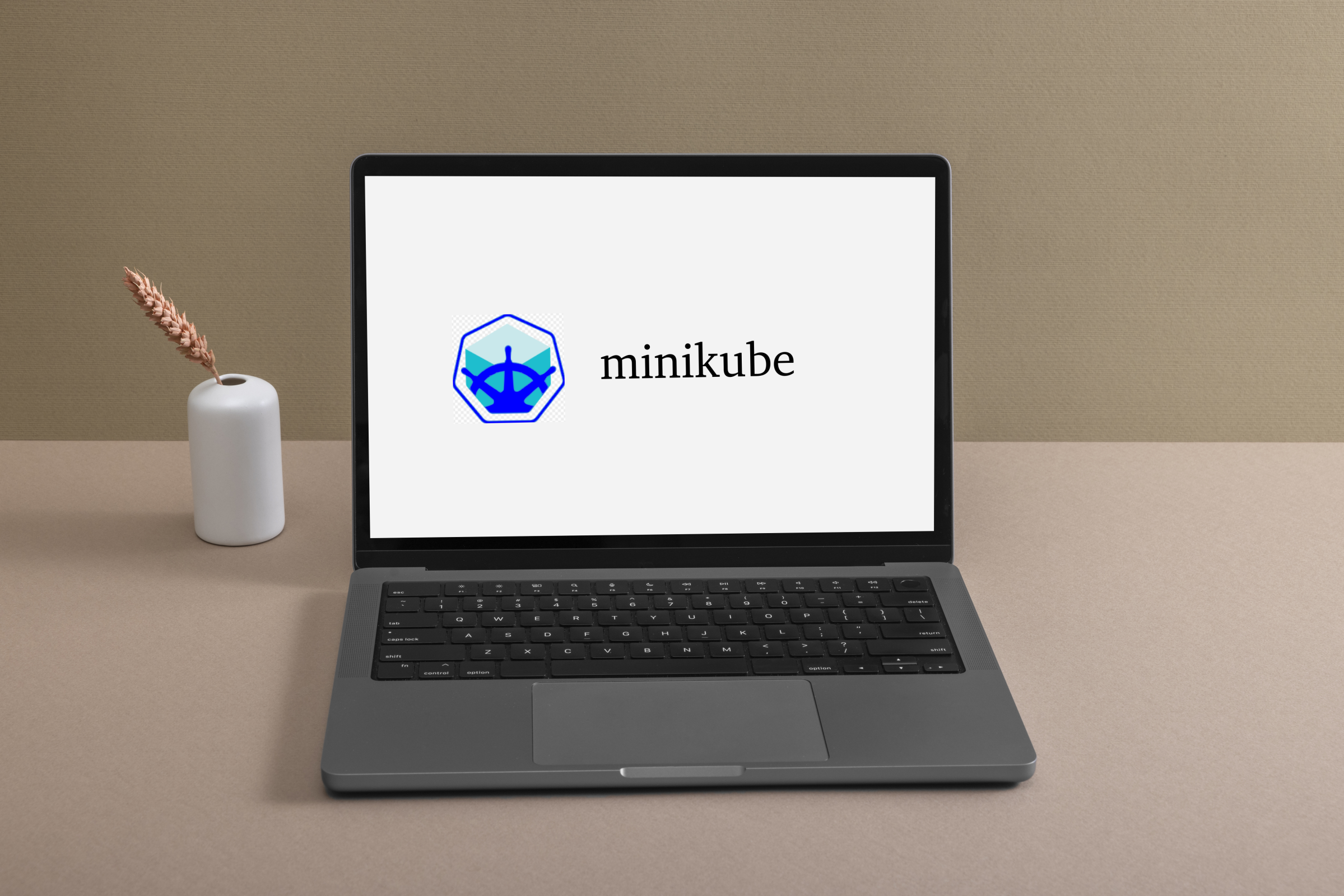How to Setup Minikube on MacOS arm64 Architecture (M1/M2/M3)
Image by Arief JR
Setting up Minikube with Docker Desktop on a Mac with an M1 chip involves a workaround since Minikube doesn’t officially support ARM architecture yet. However, you can still use Minikube with Docker Desktop by leveraging Docker’s Kubernetes support. Here’s how you can do it:
1. Install Homebrew
Homebrew is a package manager for macOS. If you haven’t installed it yet, you can do so by running the following command in your terminal:
1
/bin/bash -c "$(curl -fsSL https://raw.githubusercontent.com/Homebrew/install/HEAD/install.sh)"
2. Install Minikube via Homebrew
Minikube can be installed using Homebrew, but make sure you’re installing the ARM version. Run the following command in your terminal:
1
brew install minikube
3. Install Docker Desktop for Apple Silicon
Minikube uses Docker to manage its containers. Docker Desktop for Apple Silicon provides native support for ARM-based Macs. Download and install Docker Desktop for Apple Silicon from the Docker website.
4. Start Docker Desktop
After installing Docker Desktop, start it from your Applications folder. Ensure that Docker is running, and there are no issues.
5. Enable Kubernetes
After installing Docker Desktop, open it from your Applications folder. Go to the Preferences (accessible from the Docker Desktop menu in the menu bar), and navigate to the “Kubernetes” tab. Check the box next to “Enable Kubernetes” to enable the Kubernetes feature.
6. Start Minikube
Since Minikube doesn’t support ARM directly, you’ll need to start it using the Docker driver. Run the following command in your terminal:
1
minikube start --driver=docker
This command will start Minikube using Docker as the driver, leveraging Docker Desktop’s Kubernetes support.
7. Verify Minikube Installation
After Minikube starts successfully, you can verify the installation by running:
1
minikube status
This command will show you the status of your Minikube cluster.
8. Verify Kubernetes Installation
After the setup process is complete, you can verify that Kubernetes is running by opening a terminal and running the following command:
1
kubectl version
This command should return the client and server version of Kubernetes, indicating that Kubernetes is up and running.
9. (Optional) Install kubectl
If you haven’t installed kubectl separately, you can install it using Homebrew by running the following command:
1
brew install kubectl
10. Start Deploying
With Kubernetes up and running via Docker Desktop, you can now start deploying and managing your Kubernetes applications locally. You can follow any Kubernetes tutorial or guide to deploy your applications.
This setup allows you to leverage Docker Desktop’s Kubernetes support while still using Minikube for local Kubernetes development on your Mac with an M1/M2 or M3 chip. However, keep in mind that since Minikube’s ARM support is still under development, you may encounter occasional issues or limitations.
